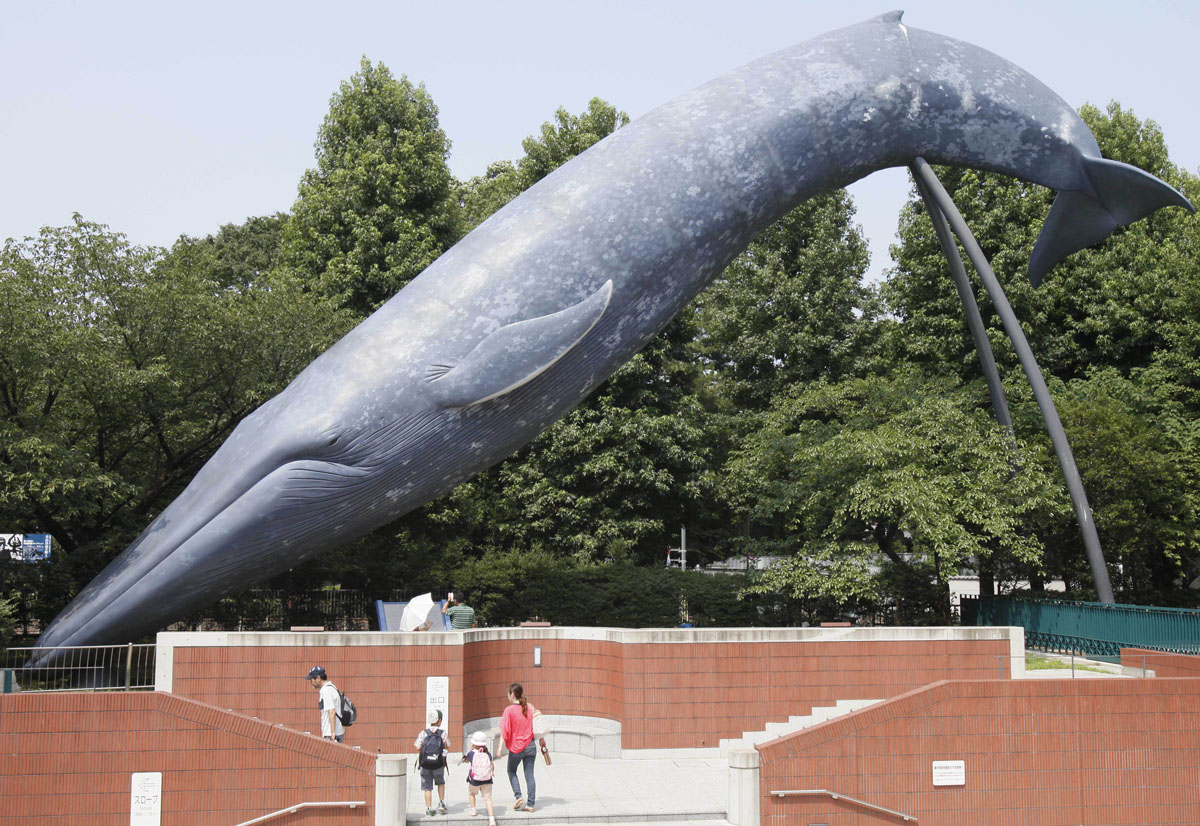Life Evolves – AI Must Also Evolve
March 17, 2014
Defining life is an important basis for AI philosophy. It’s disappointing, therefore, to see articles like this one by Ferris Jabr claiming that “nothing is truly alive.” Huh? What kind of wishy-washy philosophy is this?
Jabr says it’s really hard to define life, and he points out that philosophers and scientists have not come up with a universally accepted definition. He talks about all kinds of fuzzy borderline issues, like whether viruses are alive, or crystals, or emergent computer programs. Then he says “Life is a concept, not a reality.” In other words, there isn’t anything in the real world corresponding to our idea of life.
What hogwash. Of course life exists in the real world. Of course we already have a good definition of life. Just because there’s a fuzzy zone between life and non-life, that doesn’t mean everything is fuzzy. And just because we can’t say for sure whether a virus is alive, that doesn’t mean we’re unsure that humans are alive. Jabr just seems lazy in his thinking.
A simple, easy-to-use definition of life
Life is a system that evolves by natural selection. Yes, natural selection is the whole basis for defining life. (More discussion here)
This of course is not a universally accepted definition, but it doesn’t have to be. Word definitions just have to be useful and understandable. There will always be contrarians who love to argue til the end of time about what a word “really” means, but most people have better things to do. Words are tools for getting things done, so we should define our words carefully like precision tools. (More on word definitions)
If your project is to create a living, conscious AI machine, then it’s self-defeating to define life in exclusively biological terms. It’s also a non-starter to define life in religious or spiritual terms, unless you have some kind of plan for making God breathe the breath of life into your machine. But if we just focus on evolution by natural selection, this view of life seems useful and broad enough to include both us and the AI machines.
So what about those fuzzy border cases?
- If a person can’t have children, they can’t evolve, so does that mean they’re not alive? No. Evolution does not pertain to individuals, but it only applies at the population level. Even fertile individuals can’t really evolve individually. But we’ll say individuals are alive if they belong to an evolved population.
- What about parts of my body? Is my arm alive or my leg? Not separately from the rest of you. And again, even you aren’t “alive” apart from your membership in the human population. But you are alive. Trust me.
- So what about viruses? Well, for my purposes as I study AI, there’s no need for me to answer this question. I pass!
Why do we need to define life?
Real AI must be alive in order to be morally equivalent to a human being. I imagine the smartest artificial intelligence might still have trouble convincing us humans to take it seriously or to accept it as a living intelligence.
Also, I think original wanting is cultivated by evolution with natural selection, and something needs to have its own wants in order to be alive.
In his op-ed, Jabr wrote about the dynamic sculptures called Strandbeest: “So dauntless, so determined.” But that’s just the point, because Strandbeest are not determined. They’re not conscious at all. They do not want to move across the beach or try to do anything. They’re just blowing in the wind!
See, a machine isn’t alive simply because it’s complex or moves on its own. A machine isn’t dauntless or determined just because we see it that way. That’s the mistake of anthropomorphism.
What would really make a machine alive is if it wanted to be alive, because it had evolved by natural selection the mechanism for its continual life struggle.

Comments: